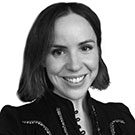The extraordinary Egyptian-style Leeds landmark hoping to become a second British Library — and they used to let sheep graze on the roof
The project has been awarded £10million from the Government, but will cost £70million in total.
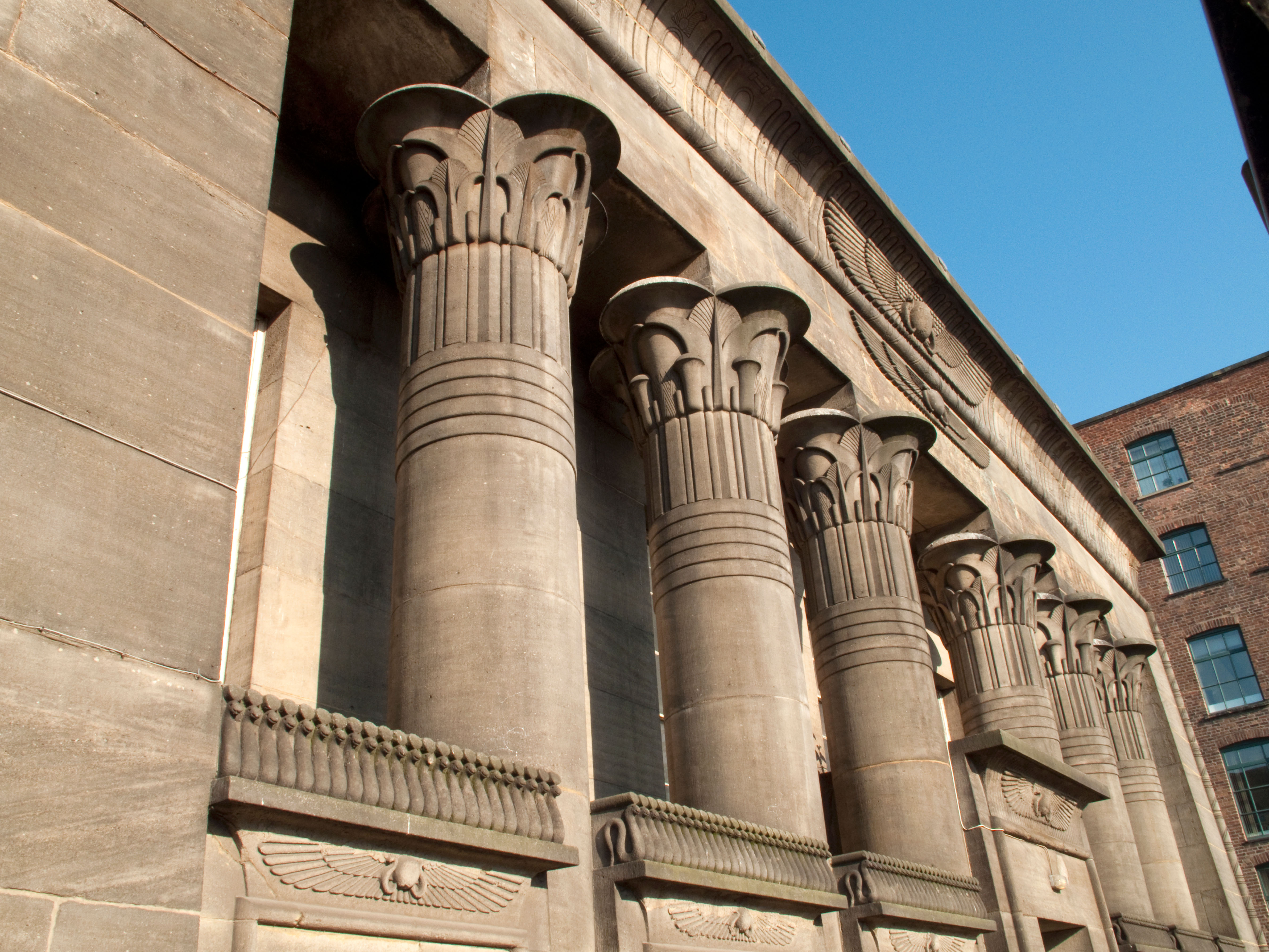

A project to convert an extraordinary Egyptian-style Victorian mill in Leeds into the northern outpost of the British Library has been awarded £10 million from the Government. The total cost of the conversion is estimated at £70 million and, although the scheme received £1 million from Historic England in 2022 to make the landmark watertight, there is some way to go.
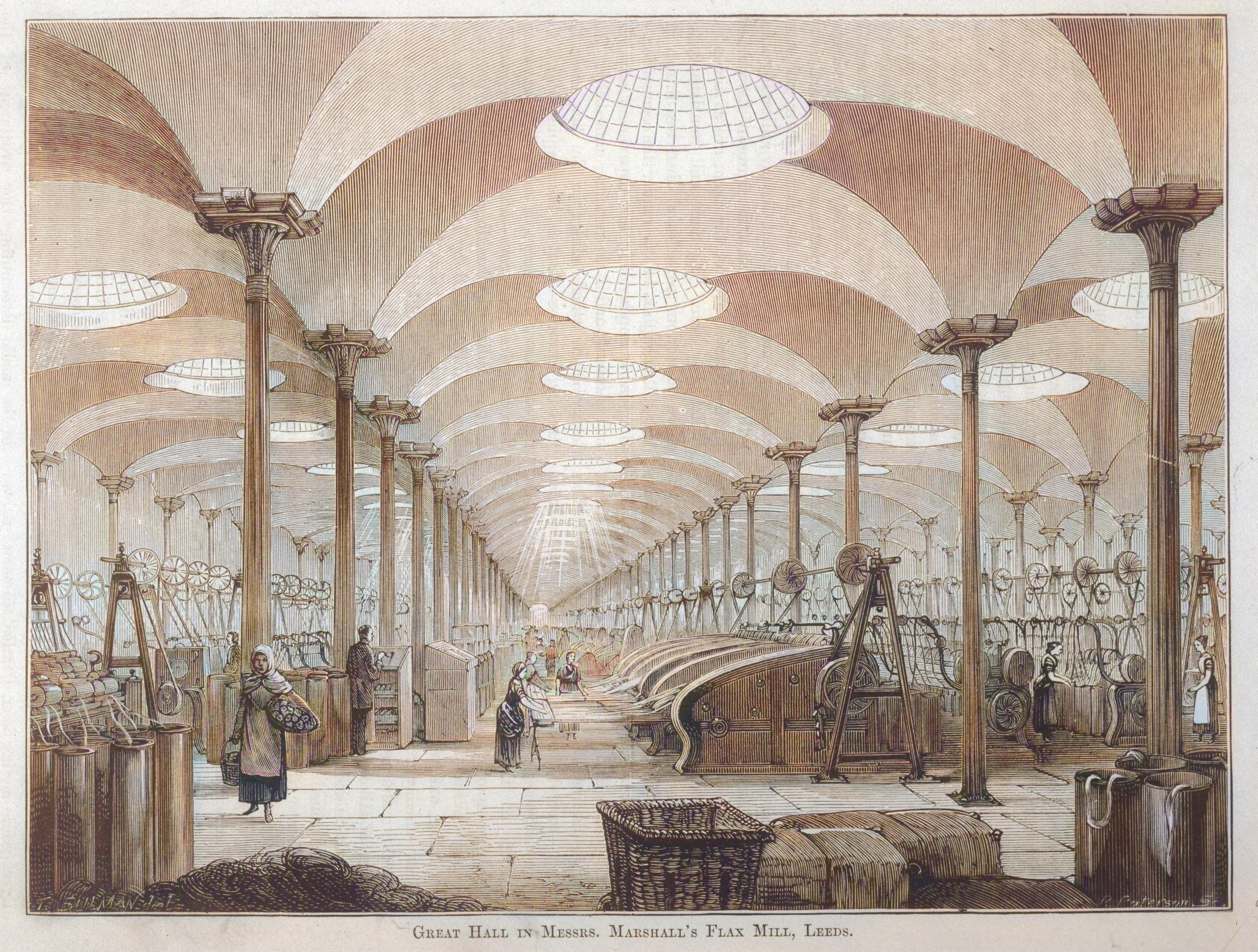
A Grade I-listed former flax-spinning mill, Temple Works has been empty for 20 years. It was built in 1838–40 for John Marshall by architect Joseph Bonomi and engineer James Coombe, inspired by the Temple of Edfu. Unlike its Egyptian counterpart, it was famous for its flat roof covered in grass, which maintained humidity in the building (preventing linen thread from snapping) and notoriously allowed the owners to graze sheep. They reached the roof via the world’s first hydraulic lift and, apparently, visitors flocked from far and wide to see the spectacle. With two front bays collapsed, Temple Works has been on the Buildings at Risk Register since 2008.
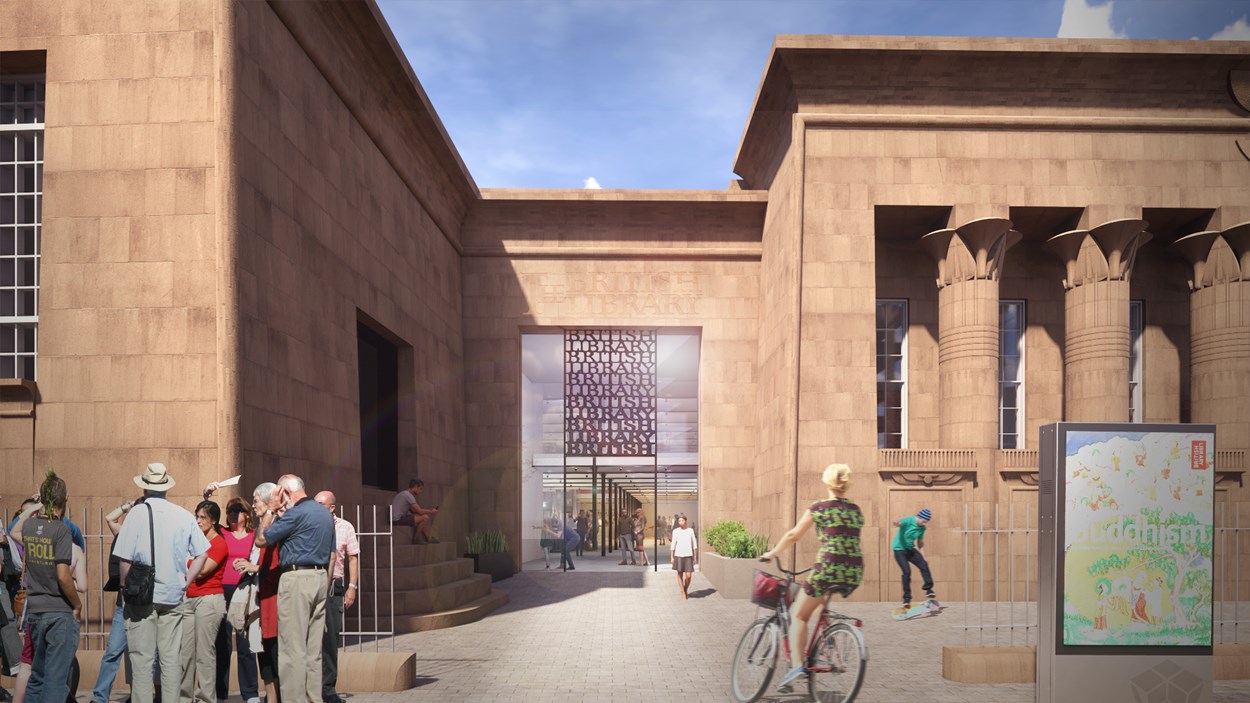
An artist's impression of what Temple Works could like after renovation works
‘We have worked hard in recent months with partners, including the West Yorkshire Combined Authority, Homes England and the British Library itself, to make the case for this funding,’ says councillor James Lewis, leader of Leeds City Council. He adds that the next job is to create ‘detailed plans for the full funding, design and development of a project that remains a complex and challenging undertaking, but one that offers a major regeneration opportunity’.
Leeds Civic Trust director Martin Hamilton calls the building’s British Library North regeneration ‘hugely important’, particularly for its impact on local communities. There are more than 230 vacant and under-used mills in Yorkshire, according to a recent Historic England report.
Exquisite houses, the beauty of Nature, and how to get the most from your life, straight to your inbox.
Annunciata is director of contemporary art gallery TIN MAN ART and an award-winning journalist specialising in art, culture and property. Previously, she was Country Life’s News & Property Editor. Before that, she worked at The Sunday Times Travel Magazine, researched for a historical biographer and co-founded a literary, art and music festival in Oxfordshire. Lancashire-born, she lives in Hampshire with a husband, two daughters and a mischievous pug.
-
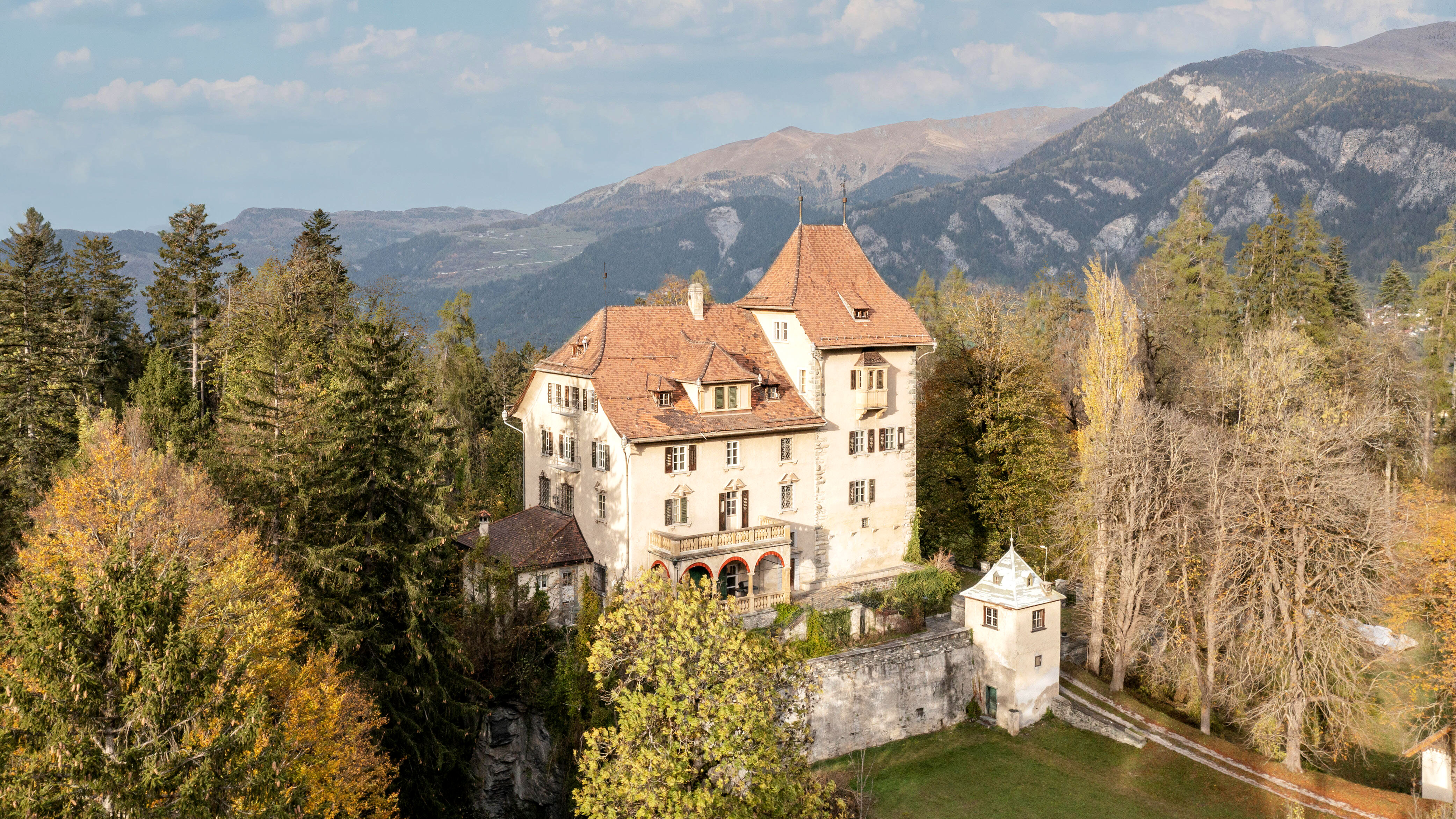 An Alpine hideaway on a Swiss mountaintop that's like something from the pages of a Gothic novel
An Alpine hideaway on a Swiss mountaintop that's like something from the pages of a Gothic novelA wonderful Baroque castle set amid gardens and woodland is for sale in one of Switzerland's most beautiful areas.
-
 Robotic sharks, Egyptian mummies and a Rolls-Royce: Start your weekend with the Country Life Quiz of the Day
Robotic sharks, Egyptian mummies and a Rolls-Royce: Start your weekend with the Country Life Quiz of the DayYou will take the quiz, and you will learn things. That is my promise.
-
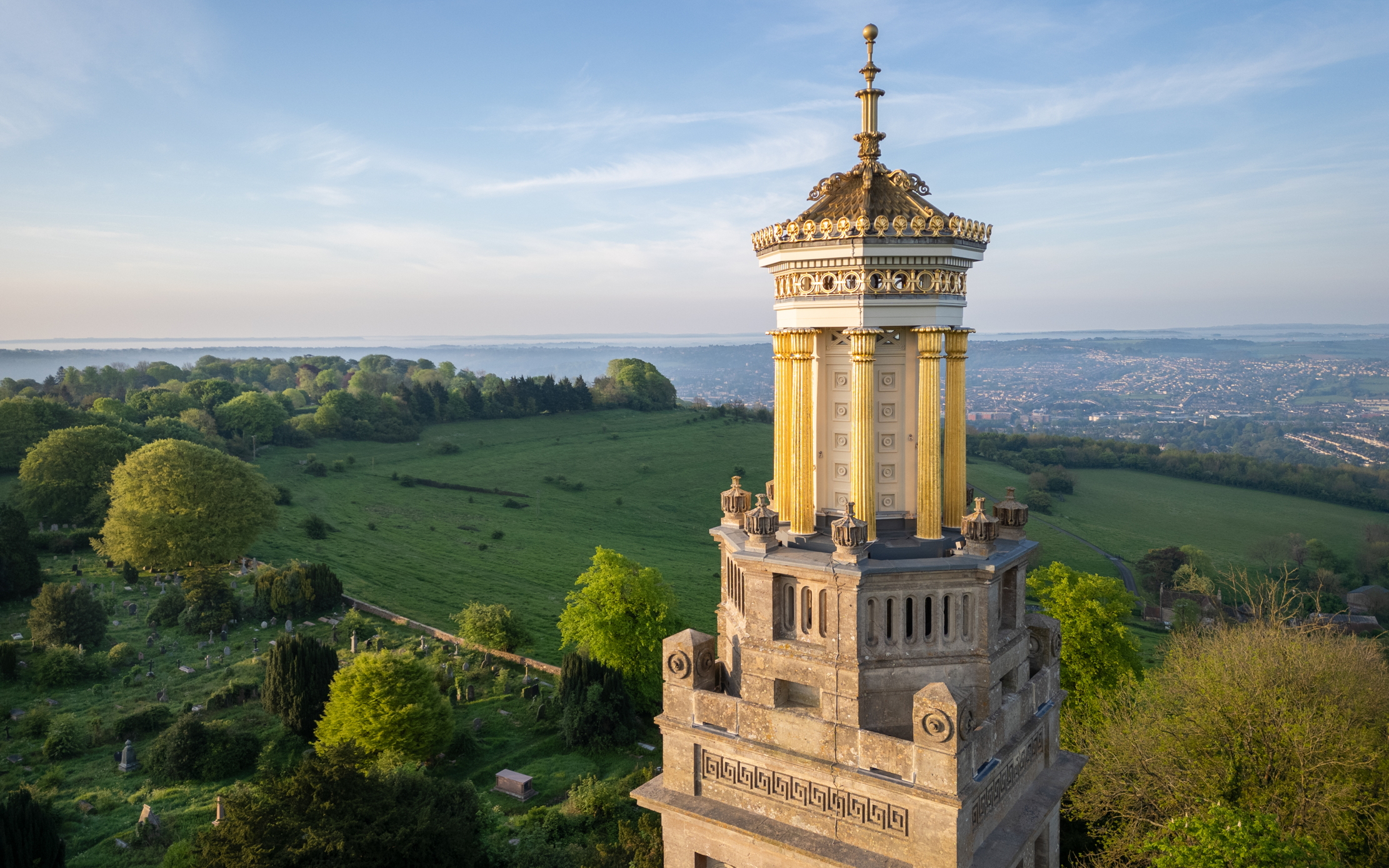 Best in class: This year's Georgian Group Architectural Award winners revealed
Best in class: This year's Georgian Group Architectural Award winners revealedThe Georgian Group’s Architectural Awards, sponsored by Savills, attracted another outstanding crop of entries this year. We reveal the winners, as chosen by a panel of judges chaired by Country Life's Architectural Editor, John Goodall.
-
 The rise, fall, rise and eventual demolition of a Welsh wonder with an intriguing link to the Duke of Westminster
The rise, fall, rise and eventual demolition of a Welsh wonder with an intriguing link to the Duke of WestminsterMelanie Bryan delves into the Country Life archives and the history of one of Wales’s most extraordinary manor houses.
-
 Exclusive: The House of Commons as you've never seen it before, 75 years on from reopening following its destruction during the Blitz
Exclusive: The House of Commons as you've never seen it before, 75 years on from reopening following its destruction during the BlitzThis year marks the 75th anniversary of the reopening of the House of Commons following the destruction of its predecessor in 1941 during the Blitz. John Goodall reports; photographs by Will Pryce.
-
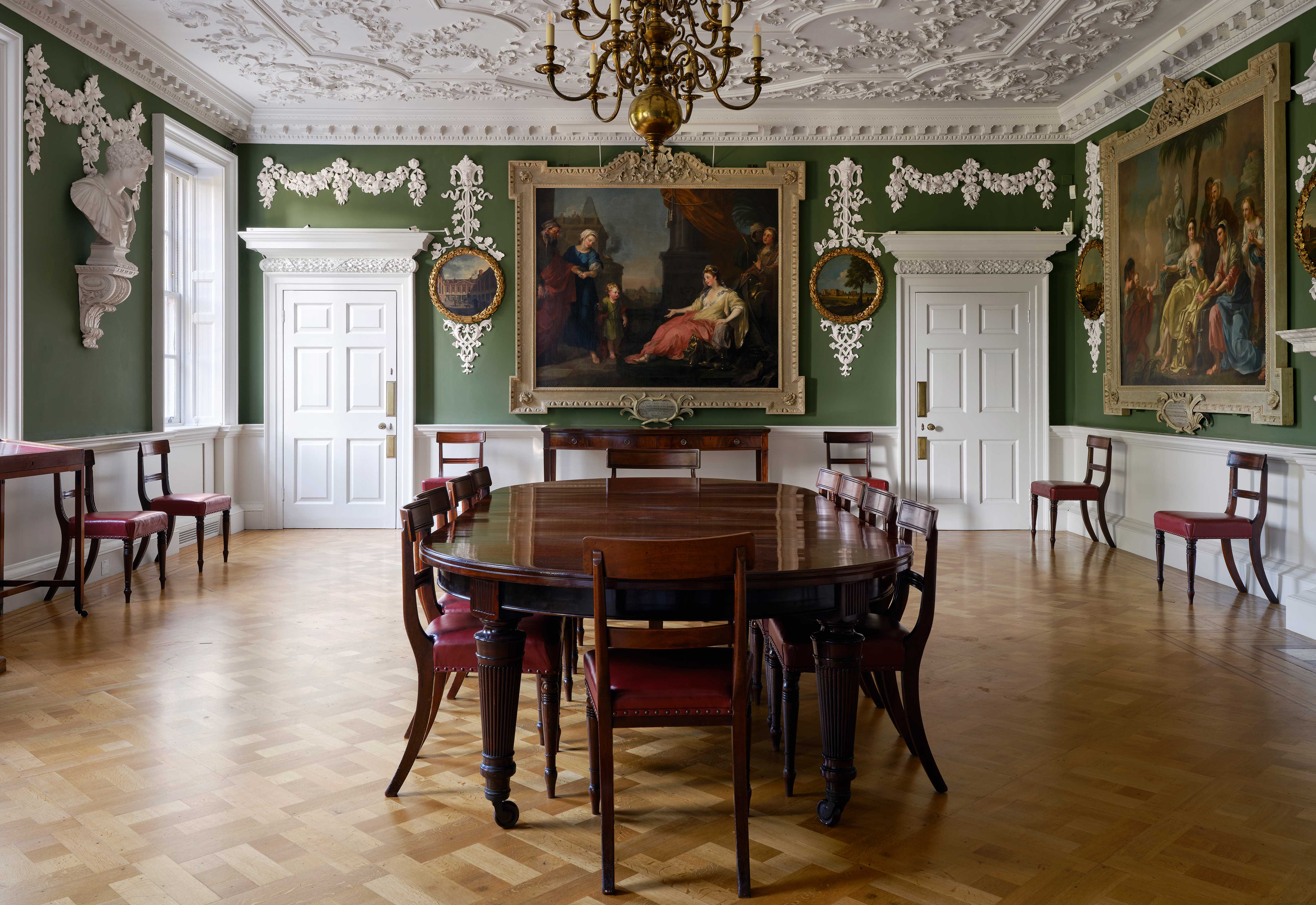 'A bluff, honest man in the trappings of greatness': The extraordinary story of the Foundling Hospital, and the sailor who saved the abandoned children of London
'A bluff, honest man in the trappings of greatness': The extraordinary story of the Foundling Hospital, and the sailor who saved the abandoned children of LondonA remarkable charitable endeavour to save abandoned children on the streets of London has a touching legacy in the form of the The Foundling Museum in the very centre of London. John Goodall tells its story; photographs by Will Pryce.
-
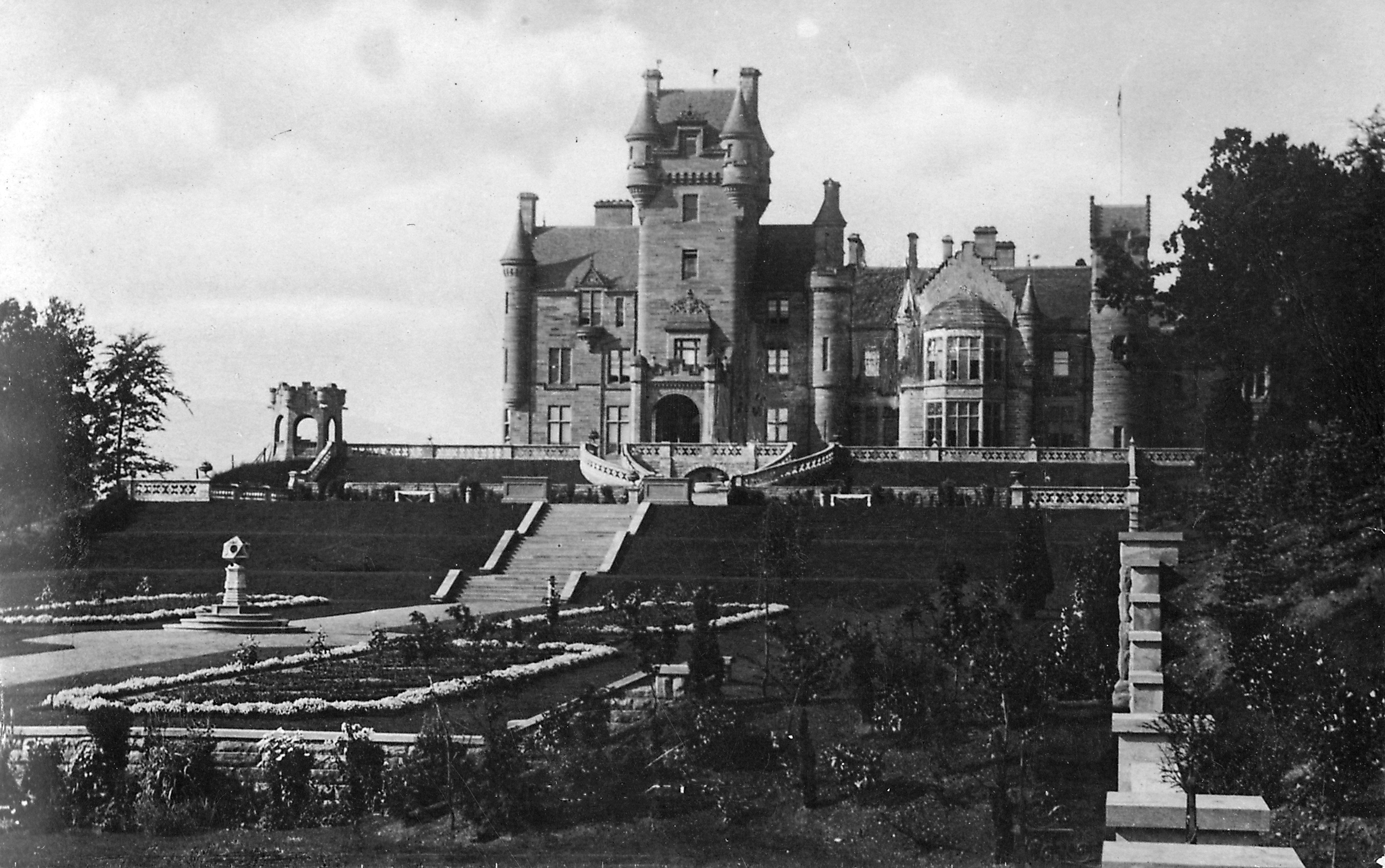 Where is 'The Traitors' filmed? Inside the Scottish castle sold via the pages of Country Life three times for an unbelievable amount
Where is 'The Traitors' filmed? Inside the Scottish castle sold via the pages of Country Life three times for an unbelievable amountMelanie Bryans delves into the Country Life archives and uncloaks the history of the turreted Highland castle made famous by the global TV franchise, 'The Traitors'.
-
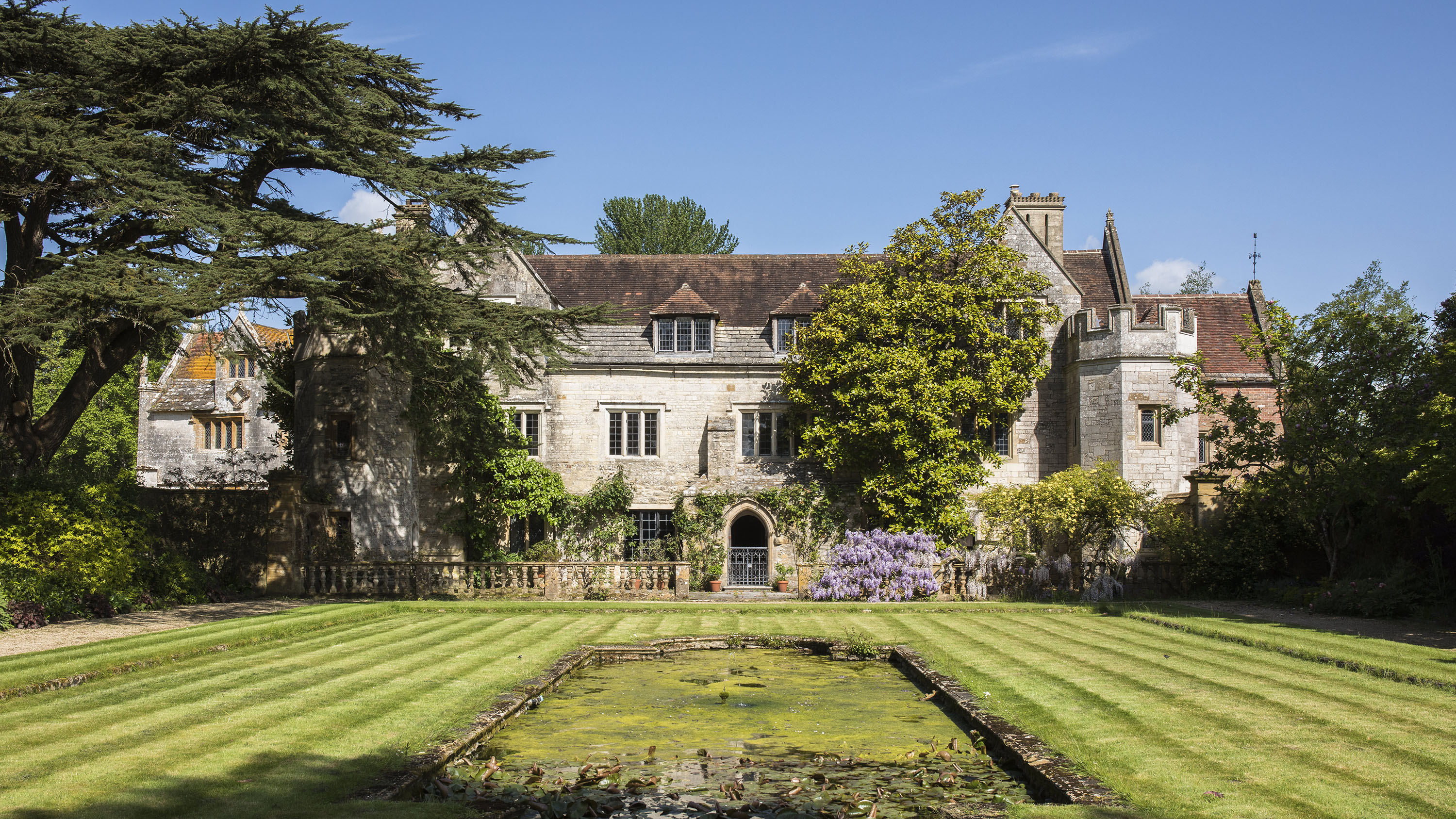 Stefan Pitman: Making great country houses cost less to heat than a suburban semi
Stefan Pitman: Making great country houses cost less to heat than a suburban semiThe trailblazing architect Stefan Pitman — founder of SPASE — joins the Country Life Podcast.
-
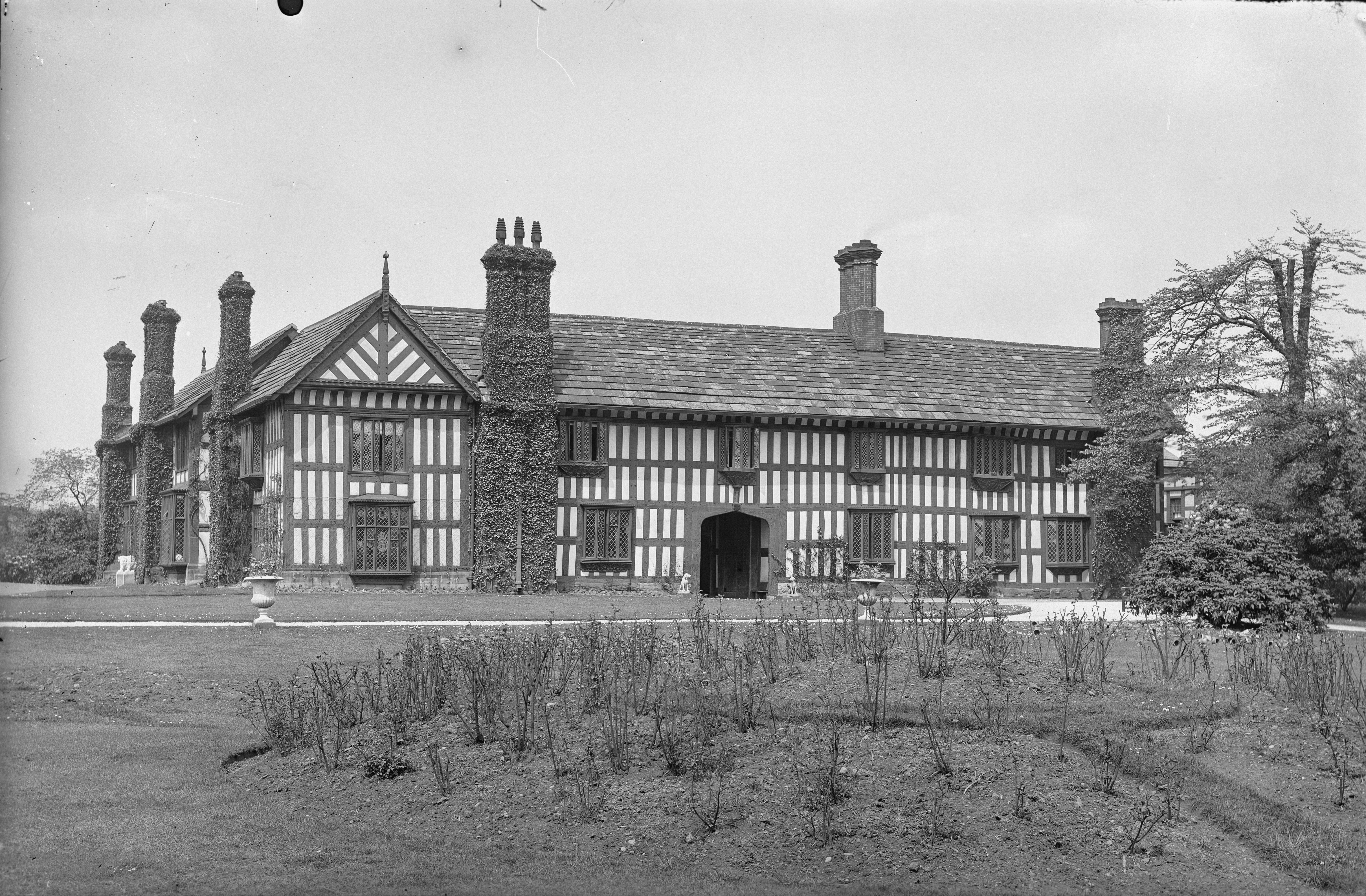 The Henry VII-era house that was dismantled piece by piece and shipped to the USA
The Henry VII-era house that was dismantled piece by piece and shipped to the USAAgecroft Hall, near Manchester, didn't meet the same miserable end as some of Britain's other country homes. Instead, it was shipped to the USA and repurposed as a museum.
-
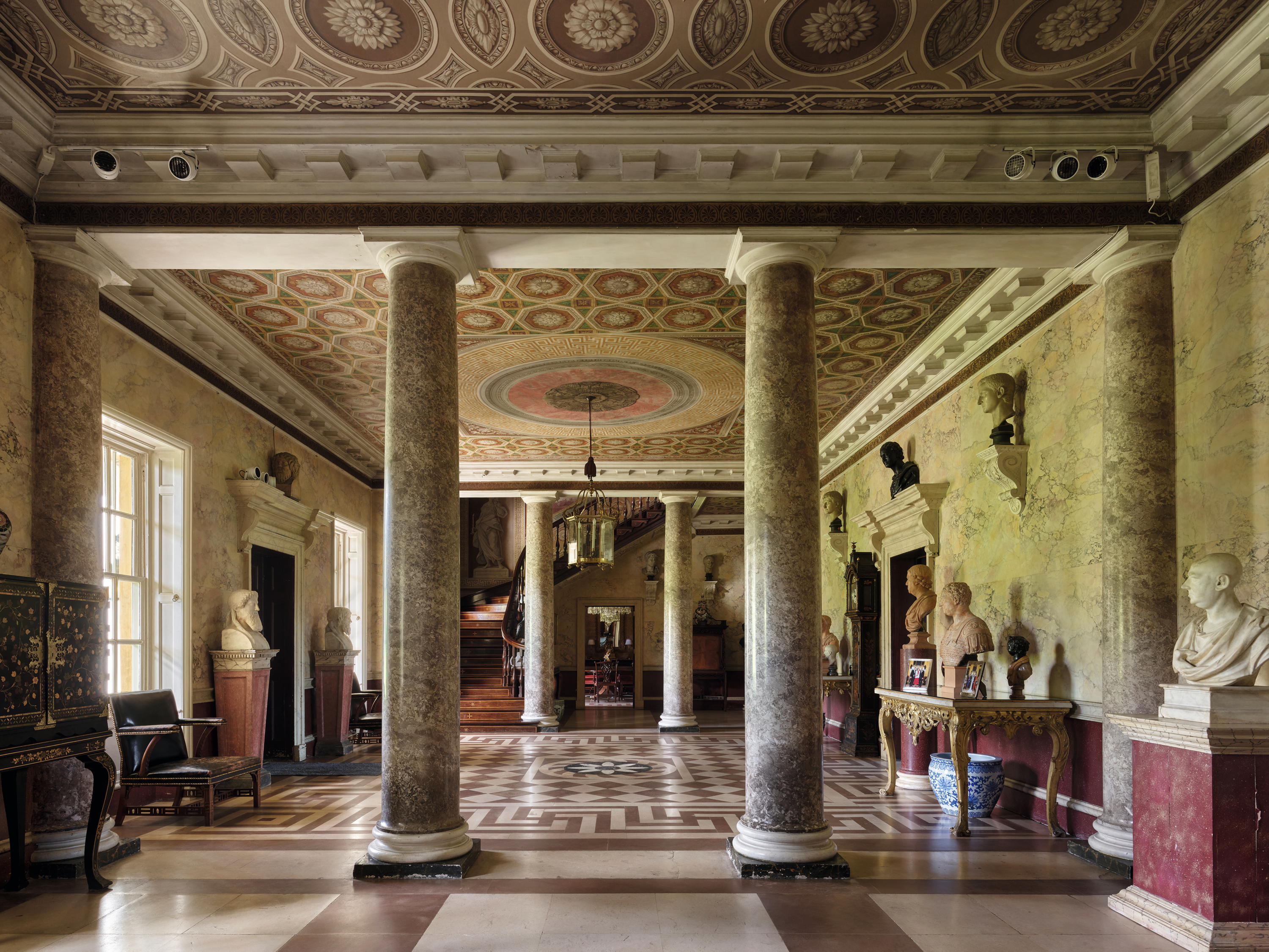 The great house that is 'one of the most compelling products of Britain’s 18th-century love affair with Antiquity'
The great house that is 'one of the most compelling products of Britain’s 18th-century love affair with Antiquity'John Goodall looks at the sources of inspiration behind the design for the magnificently idiosyncratic West Wycombe Park in Buckinghamshire.
